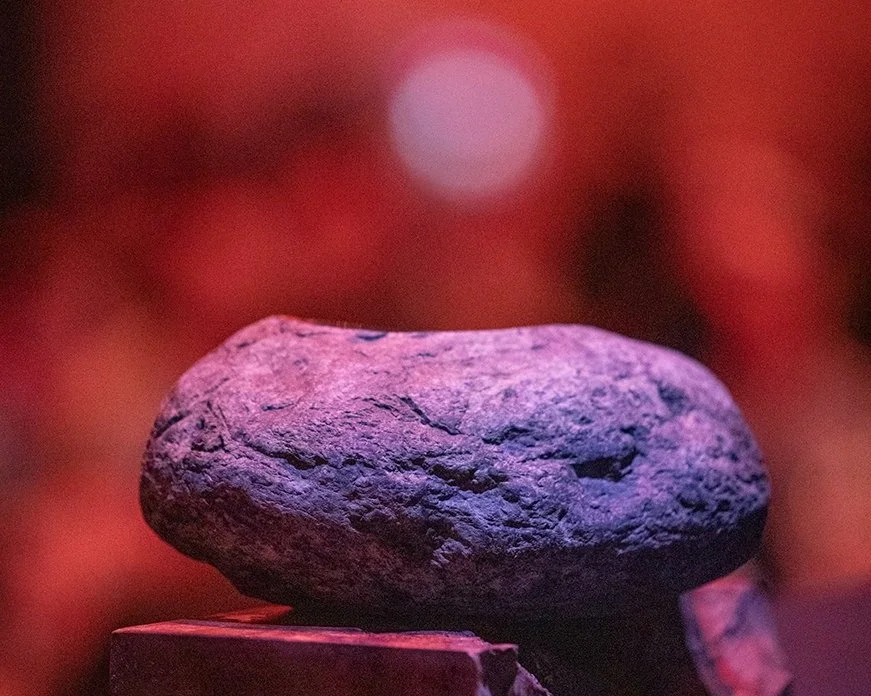Aotearoa Hydrogen Awards
Te iti pounamu te nui kōrero - While the gift is small the message is profound
The Aotearoa Hydrogen Awards celebrate the exceptional achievements of organisations and individuals at the forefront of advancing hydrogen as part of our low emissions future.
The Awards are an opportunity to recognise and celebrate accomplishments across industry, government, academia, and community and to demonstrate innovation, leadership, commitment and vision in advancing the opportunity for hydrogen to play an intrinsic role across our energy system as we build and benefit from a decarbonised economy.
The Hydrogen Council was honoured to work alongside renowned traditional Māori artists from Sands Carving Studio who specialise in creating Taonga treasures crafted to reveal the beauty of Aotearoa New Zealand’s stunning natural resources.
The vision for the Awards and the symbolic nature of the carvings were designed to encapsulate meaning and to be representative of the whole of Aotearoa New Zealand; to create a celebrated union between traditional Te Ao Māori indigenous connectedness and a pathway to our low emissions future through our globally leading hydrogen innovation.
The Aotearoa Hydrogen Awards and the Taonga that represent them, are not only demonstrating connectedness to the past by honouring the ancient and revered skills, crafts and traditions of Te Ao Māori, but they are strongly delivering a symbol and pathway forward to the innovation and skills of today.

















